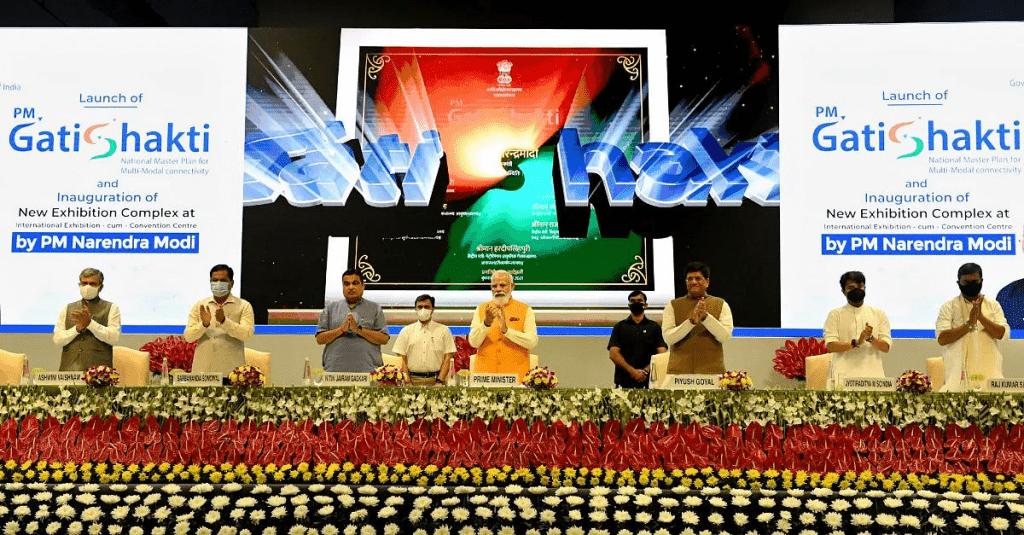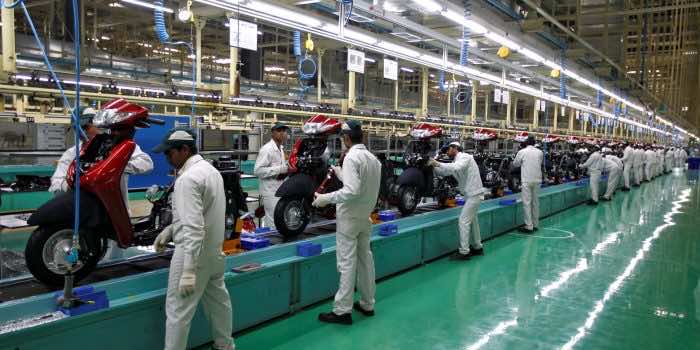The infrastructure sector is currently at a crossroad due to global upheavals, such as changes in capital availability, shifting social/environmental goals, and growing urbanization. As a result, Indian Prime Minister Narendra Modi envisions a futuristic and inclusive India in the next 25 years, with significant investments in technological infrastructure.
PM Gati Shakti (meaning speed) is a 100 trillion rupee ($1.2 trillion) megaproject developed by Modi’s government in partnership with 16 departments. This platform will give companies and investors a complete answer for project design, effective approval procedures, and simpler cost estimation.
“The mission is to implement projects without time overrun and cost overrun. Global companies choosing India as their manufacturing center is the objective,” said Amrit Lal Meena, the logistics secretary in the ministry of commerce and industry.

India would commonly be the plus-one in the China-plus-one policy that many firms embrace since China is typically closed to outside work. Moreover, multinational firms search for new nations to source from or grow into. Their supply chain operations would increase as a result.
“The only way to compete with China, apart from the fact there are political requirements of countries to move away, is to be as competitive on cost as you can be,” said Anshuman Sinha, a partner at Kearney India. Kearny is a leader in transport and infrastructure practices.
“Gati Shakti is about making it easier to have a flow of goods and manufactured components across the length and breadth of the country.”
One of the initiative’s central pillars is identifying new industrial clusters that do not exist. And link these locations to the country’s railway system, ports, and airports, Sinha said.
“If you peel the layers of Gati Shakti, it’s made up of identifying nodes and strengthening logistics network connecting those nodes.”

The overcrowded infrastructure in India must be relieved, and red tape reduction is essential. Nearly 400 of the 1300 projects under the Gati Shakti site have been delayed.
Meena said these cost overruns were due to delays in land acquisition, environmental clearances, and other relevant systems. Of the 422 projects that faced delays and challenges, the platform has already finished 200 of them.
The Gati Shakti platform will not be dug up to install gas, fiber lines, or phone connections. Instead, the approach calls for infrastructure modeling similar to what was accomplished in Europe after World War II or in China between 1980 and 2010, increasing the country’s “competitive index,” according to Invest India.

“Today’s India is committed to investing more to develop modern infrastructure, and it is taking every step to ensure projects do not face roadblocks and get delayed. Quality infrastructure is the key to kick-starting several economic activities and creating employment on a larger scale. Without modern infrastructure, overall development cannot happen in India,” said Modi at the program’s inauguration.


